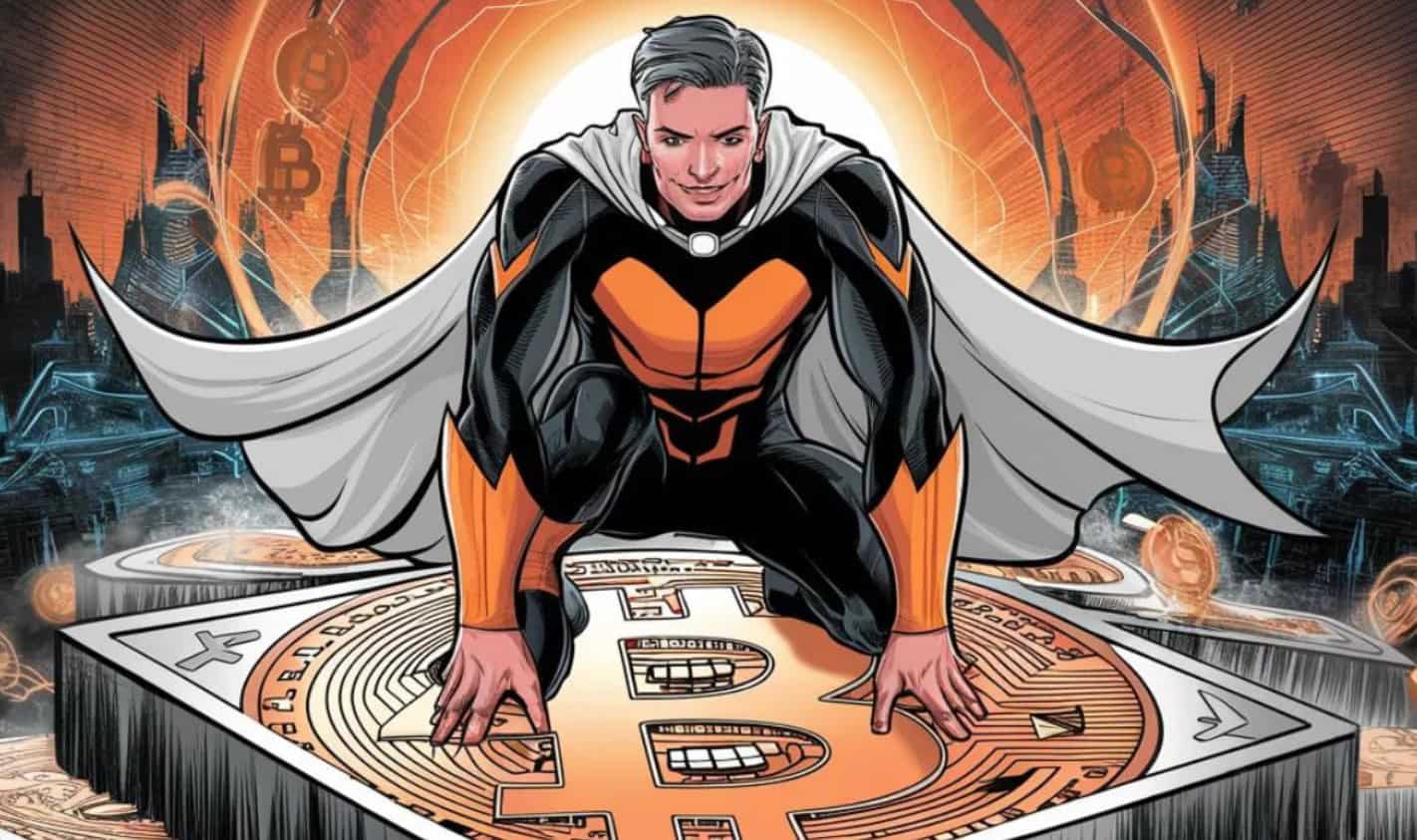
Today, the Bitcoin block size war still divides the crypto community. This fierce struggle between small block supporters and large block advocates highlights fundamental questions about scalability, decentralization, and the very future of Bitcoin.
The battle for the scalability of the Bitcoin crypto network
At the heart of the Bitcoin block size war was the question of scalability. According to Jonathan Bier, small block proponents feared that increasing the block size would harm the decentralization of the Bitcoin network. They thus advocated for layer 2 solutions, such as Lightning Network, to increase transaction capacity without changing the block size.
Large block advocate Roger Ver argued that increasing the block size was necessary for Bitcoin to:
- handle a larger number of transactions,
- become a viable means of payment.
He and his allies claimed that small blocks strangled Bitcoin adoption and threatened its relevance.
Zk-SNARKs: A glimmer of hope in the block size war?
Amidst this struggle, a new technology emerges: Zk-SNARKs. It offers potential to solve the scalability and decentralization dilemma of the Bitcoin network. Small block supporters see Zk-SNARKs as a way to achieve layer 2 scalability without increasing the block size.
The integration of Zk-SNARKs into Bitcoin has led to solutions like RSK and Aztec. These ensure confidential and scalable transactions on the Bitcoin blockchain.
Important note: Zk-SNARKs are currently the subject of active research and development. Their widespread adoption on the Bitcoin network may take time and require additional technical solutions. Moreover, they do not seem to be considered at all in the discussions about Bitcoin’s future roadmap.
The quest for balance between scalability and decentralization continues. It will certainly shape the future of Bitcoin.
Maximize your Cointribune experience with our ‘Read to Earn’ program! Earn points for each article you read and gain access to exclusive rewards. Sign up now and start accruing benefits.
